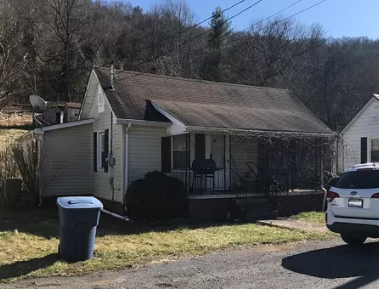- by admin
- Comment Off
- 434 views
Careful Reviews Can Uncover Hidden Savings Opportunities, Freeing up Funds for Property Enhancements With inflation, rising energy costs, supply chain interruptions and continued fallout from the pandemic exerting financial pressures on commercial property owners, Incenter Tax Solutions is urging them to find new ways to maximize savings–including scrutinizing their property tax assessments. “As property values continuously rise and fall with market conditions, these assessments are not always adjusted properly, especially in the
Read More









